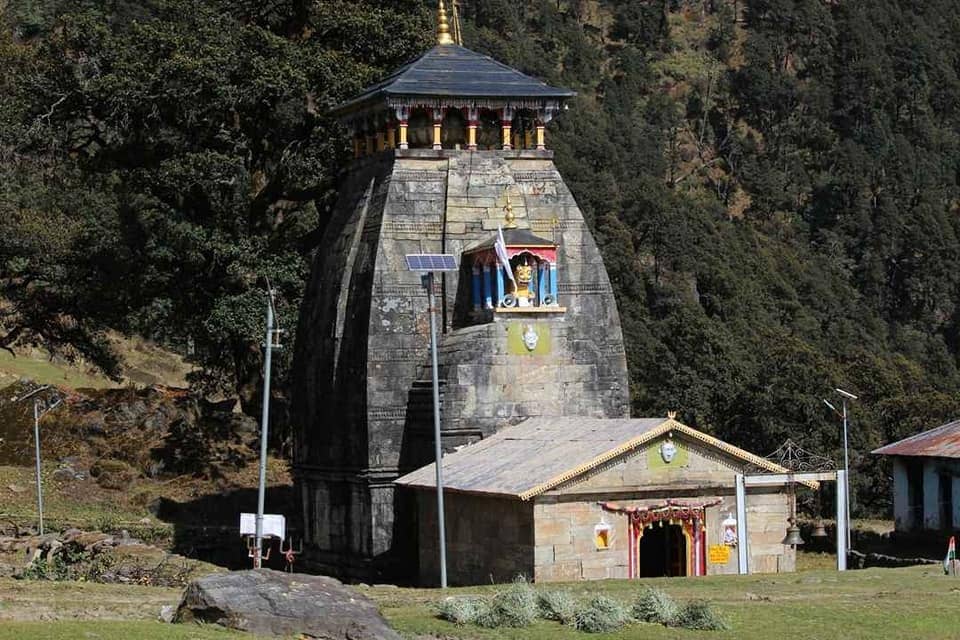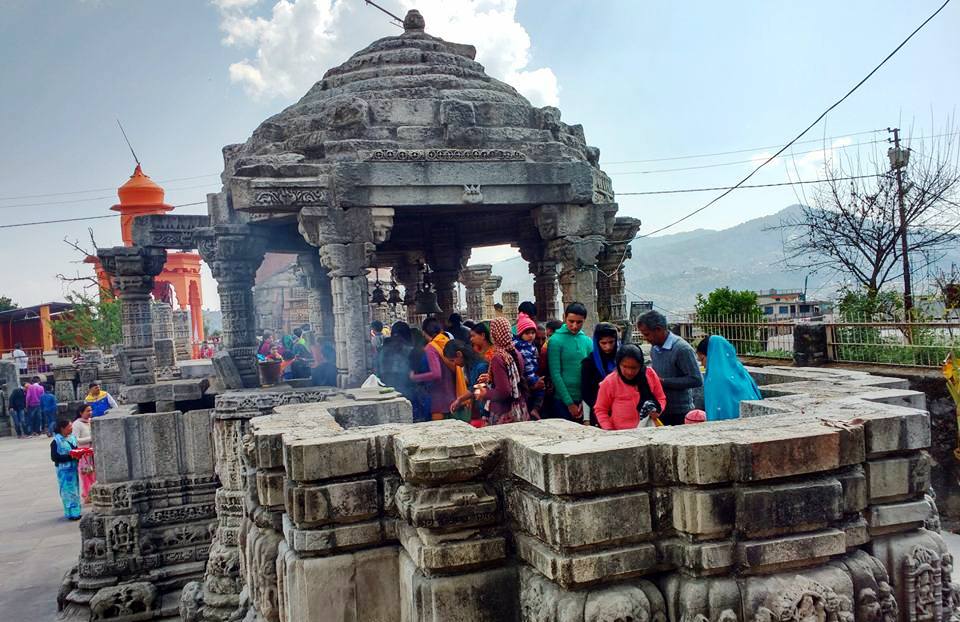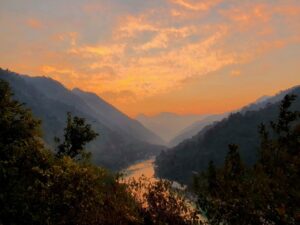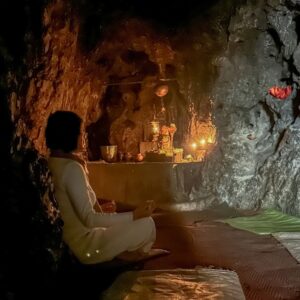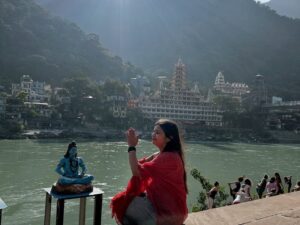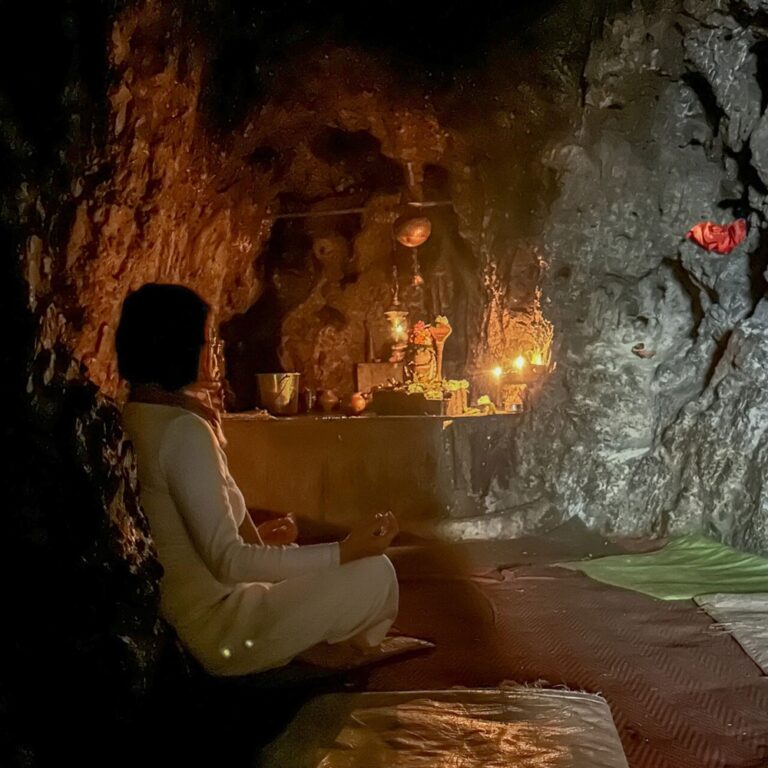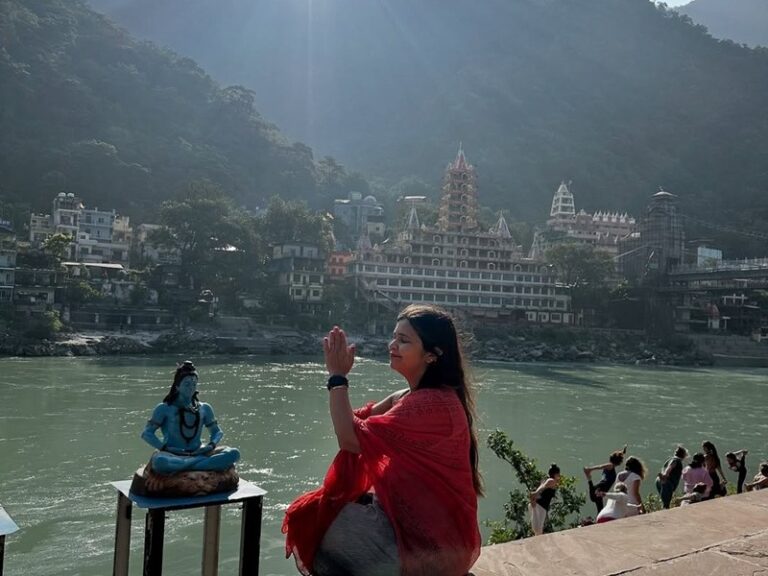Discover Top 15 Shiva Temples in the Himalayas of Uttarakhand
Uttarakhand, often referred to as Devbhumi or the Land of the Gods, is famous for its divine Shiva temples and pilgrimage sites. Among these, the Kedarnath Temple stands out, located at an altitude of 3,583 meters and forming an integral part of the revered Panch Kedar.
These Shiva Temples in the Himalayas of Uttarakhand offers a profound experience for pilgrims and travelers alike, surrounded by the majestic beauty of the Himalayas.
Himalayas of Uttarakhand is famous for its Shiva temples, is home to numerous ancient religious sites of Shiva, the revered Hindu deity known as the god of destruction and transformation.
This Himalayan state is celebrated for its stunning Shiva temples, each offering a unique glimpse into its rich spiritual heritage.
Madhyameshwar temple
Here are 15 most famous Shiva temples in the Himalayas of Uttarakhand, each steeped in mythological significance and architectural splendor:
1. Madhyamaheshwar Temple
Hidden amidst the spectacular landscapes of Rudraprayag District, Madhyamaheshwar Temple is a cherished gem among the Panch Kedar shrines. It is believed to be the place where the navel of Lord Shiva emerged.
The trek to Madhyamaheshwar takes pilgrims through picturesque valleys and pristine meadows, offering an immersive spiritual journey. Surrounded by snow-clad peaks, the temple exudes tranquility, inviting devotees to connect with the divine in the lap of nature.
2. Rudraprayag Temple
Located at the confluence of the Alaknanda and Mandakini rivers, Rudraprayag Temple holds unique spiritual significance. The merging of these sacred rivers is considered highly auspicious, believed to cleanse the soul of pilgrims.
Though modest in architecture, the temple resonates with spiritual energy, offering a peaceful retreat for meditation and introspection. Rudraprayag Temple symbolizes the harmonious confluence of natural beauty and divine spirituality.
Suggested Read: Panch Kedar: All About 5 Secrets Shiva Temples in Uttarakhand

3. Koteshwar Mahadev Temple
Situated near Rudraprayag, Koteshwar Mahadev Temple is famed for the natural caves where Lord Shiva is said to have meditated. Surrounded by the serene ambiance of the Himalayas, the temple complex provides a sacred space for prayer and introspection.
Pilgrims are drawn to the mystical energy of the caves, fostering a deep spiritual connection. The integration of nature and architecture makes Koteshwar Mahadev Temple not just a religious site but a haven for seekers of divine solace.

4. Omkareshwar Temple
Located in Ukhimath, Omkareshwar Temple is a crucial part of the Panch Kedar pilgrimage. Surrounded by dense forests, the temple offers a serene atmosphere for worship. Devotees believe that visiting Omkareshwar aids in spiritual enlightenment.
The blend of natural beauty and religious sanctity makes this temple a captivating destination, inviting pilgrims and nature enthusiasts alike to bask in its divine aura.
Suggested Read: Triyuginarayan Temple: A Haven of Timeless Wedding Rituals

5. Triyuginarayan Temple
Nestled in Triyuginarayan, this temple is steeped in mythological significance as the sacred site where Lord Shiva and Goddess Parvati tied the knot. The perpetual fire, witness to their celestial union, continues to burn in front of the temple.
Pilgrims journey here not only to seek blessings but also to witness the eternal flame symbolizing the timeless bond between the divine couple. The tranquil surroundings enhance the spiritual allure, making Triyuginarayan Temple a unique pilgrimage destination.
6. Gopinath Temple ( Gopeshwar )
It sits in the picturesque town of Chamoli, Gopinath Temple is Shiva temple. This temple is a significant pilgrimage site famous for its spiritual sanctity and cultural richness.
The surrounding landscapes enhance the overall experience, offering a serene backdrop for contemplation and worship. Gopinath Temple is inviting visitors to immerse themselves in its divine aura and historical charm.

7. Baijnath Temple
Located in the Garuda Valley near the town of Baijnath in the Bageshwar district. Baijnath Temple stands for Vaidyanath, an incarnation of Shiva as the ‘Lord of Physicians.’ This 12th-century temple is famous for its intricate stone carvings and architectural elegance.

8. Rudranath Temple
Nestled in the forests of Chamoli, Rudranath Temple is one of the Panch Kedar temples. According to legend, this is where Shiva’s face appeared after he disappeared into the ground to evade the Pandavas. The trek to Rudranath Temple is rewarding, offering breathtaking views of the Himalayan peaks.

9. Tungnath Temple
Perched at an altitude of 3,680 meters (12,073 feet) in the Rudraprayag district, Tungnath Temple is the highest Shiva temple in the world. It is part of the Panch Kedar pilgrimage circuit and is the site where the arms of Lord Shiva appeared. The trek to Tungnath is moderately challenging and provides panoramic views of the Himalayas.
10. Neelkanth Mahadev Temple
Neelkanth Mahadev Temple is Shiva temple in his form as Neelkanth, the blue-throated one. This is the place where Shiva consumed the poison Halahala during the churning of the ocean (Samudra Manthan), which turned his throat blue. This temple is a significant pilgrimage site, attracting devotees who come to honor the divine story and seek blessings.

11. Kedarnath Temple
It sits at an altitude of 3,583 meters (11,755 feet) in the Rudraprayag district. Kedarnath Temple is one of the holiest pilgrimage sites for Hindus. It is an integral part of the Char Dham Yatra and holds immense spiritual significance as one of the twelve Jyotirlingas (self-manifested lingas) of Lord Shiva.
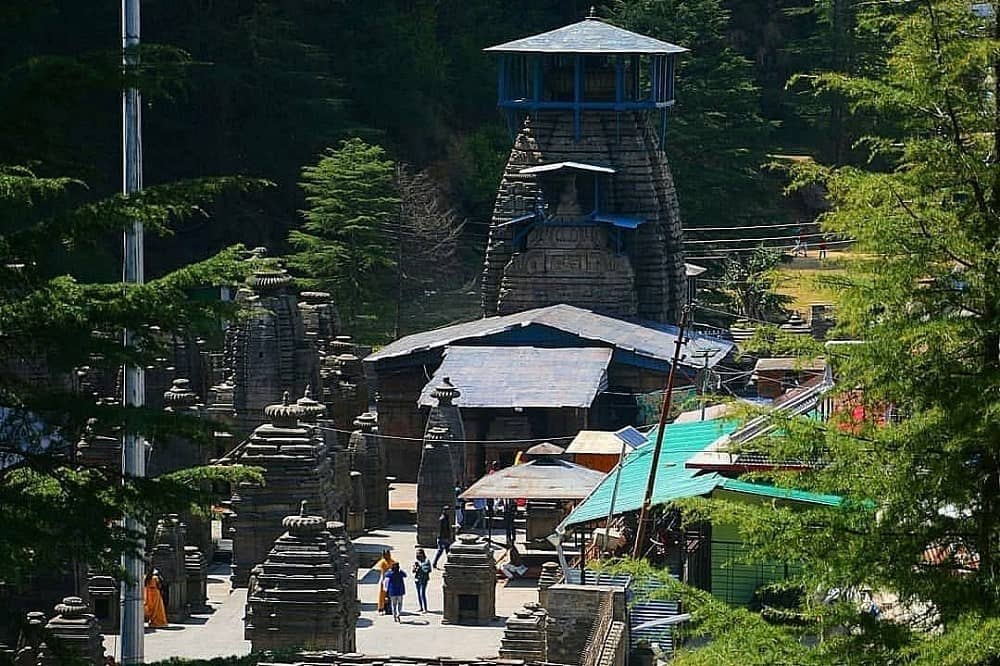
12. Jageshwar Temples
Jageshwar Temples sits on the banks of the river Jata Ganga at an altitude of 1,870 meters. The main temple stands for Shiva and is surrounded by 124 smaller ancient temples to various gods. According to the Skanda Purana and Linga Purana, the worship of Lord Shiva began at Jageshwar, and it is the place where the 8th Shiva Jyotirlinga originated.
Adi Shankaracharya visited Jageshwar Dham and undertook the renovation and re-establishment of many temples before proceeding to Kedarnath Dham.



